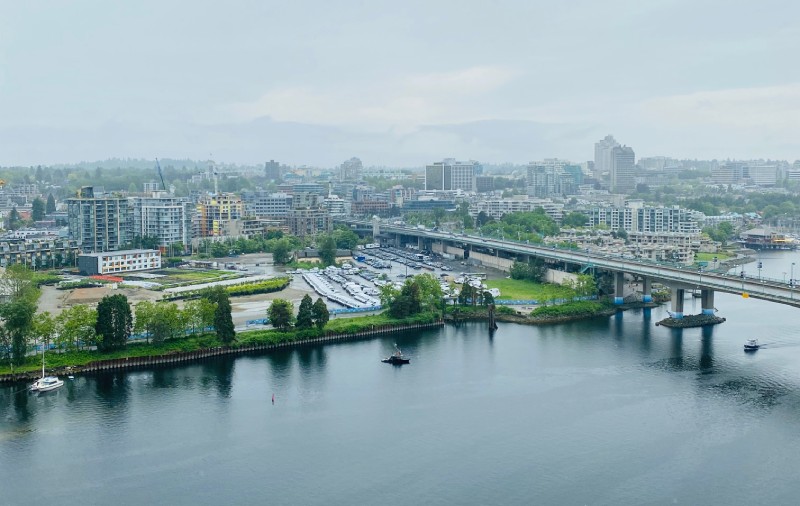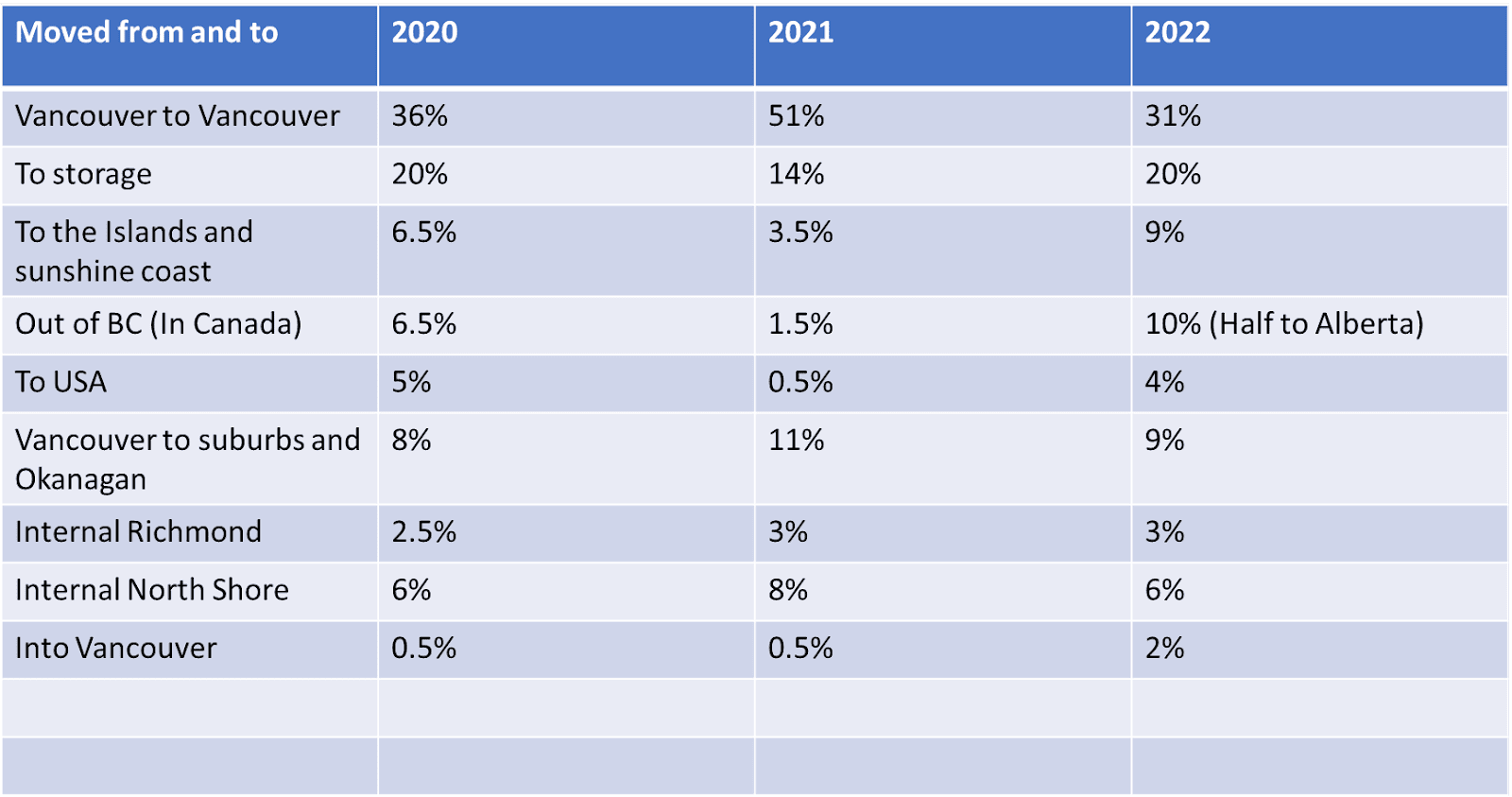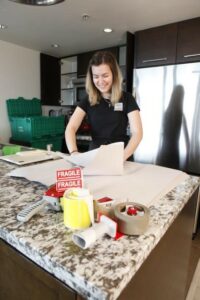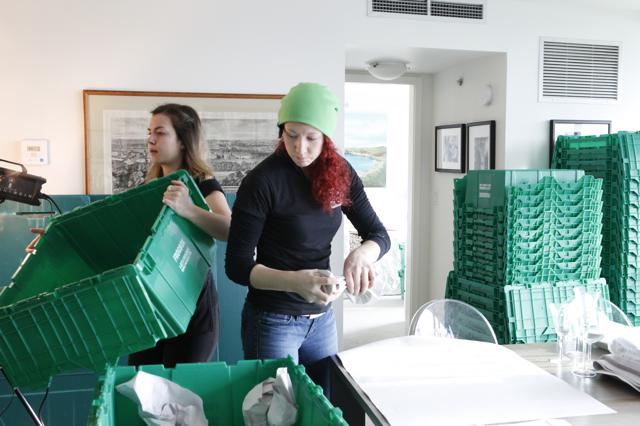Post-pandemic mobility trends
More moves to Alberta and to Vancouver Island, and some are coming back to Vancouver.
Comparing mobility trends for the past 3 years, we see similarities between 2020 and 2022 compared to the “Core of the pandemic year” 2021. Does it mean that we are back to routine? Look at our numbers.
The numbers are taken from our database of hundreds of clients we have packed in the past 3 years 2020-2022. Since we work with most of the movers in the lower mainland, they have seen a similar trend.
Moving away from the city
During 2021, what we call the “Core” year of the pandemic, about 11% of clients we have packed moved out of Vancouver to the suburbs and the Okanagan (2%). These are mainly families, where the parents moved their office into the house or apartment and needed more outdoor space for the kids and working space for themselves. This number shrank in 2022 to 9%; closer to what it was in 2020 – 8%.
Moves within the city of Vancouver
We see a change in the pattern regarding clients we have packed and moved within the city of Vancouver. 51% of those we have packed moved internally within the city of Vancouver, competing with 36% that moved within the city of Vancouver in 2020, and this year in 2022, 31%.

Coming back to Vancouver in 2022
While 2020 and 2021 are very similar, in each year only 0.5% of the clients we packed moved from the suburbs to Vancouver, in 2022, this number increased to 2%.
Moving within the Suburbs
Our clients in other cities in Metro Vancouver usually move within the same area. This includes about 15%-17% of our overall clients every year. Especially clients we packed in Richmond (3% each year) move into another house but stay in Richmond. As well as on the North Shore (North Vancouver and West Vancouver). In 2020 and 2022 6% of the clients we packed moved within North and West Vancouver, while in 2021 this number increased to 8%.
Moving to the Islands and sunshine coast
This year, 9% of the clients who used our residential packing services, moved to Vancouver Island, Sunshine Coast, and the Gulf Islands. This is close to 3 times the number of clients who moved to the Islands in 2021 (3.5%) and third more of clients who moved there in 2020 (6.5%).
Out of the province and overseas
Since we also pack boxes for long-distance and international moves, we saw a change there as well. Of those who moved from BC to other provinces in 2022 (10%), about 50% moved to Alberta. This Is 3 times more than the previous year. In 2020, 6.5% moved out to other provinces and among them, 1.5% to Alberta. During the core year of the pandemic in 2021, only 1.5% moved to other provinces, and a third of them to Alberta. Regarding international moves, in 2022 when international transportation started getting back to normal, we packed 4% of our clients for international moves, mainly to the USA. This number is similar to 2020 when 5% of our clients moved to the USA. During the core year of the pandemic, only 0.5% of the clients shipped their belongings overseas.
Moving to storage
Every year there is a solid percentage of clients who move their belongings to storage. In 2022 and 2020, Vancouver in the Box packed 20% of our client’s belongings into a temporary storage solution. However, in 2021 this number dropped down to 14%. Overall, there weren’t any fewer moves during 2021, but there were more domestic moves.
Overall, we see similarities between the numbers in 2020 and 2022. This means that moving trends are back to normal compared to the situation in 2021. But some trends are getting stronger, this includes moves to the Islands and from those who are moving out of the province, Alberta is the most popular for young families.

Limor Friedman, Director Vancouver In The Box



